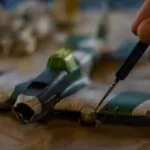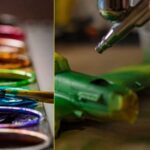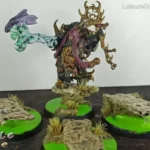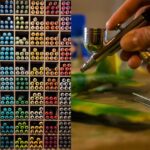Dry brushing Vs layering (Everything You Need To Know)

When it involves painting your scale models and miniatures, how you highlight its surface determines how detailed your model kit is.
Dry brushing and layering are the two most commonly used painting and highlighting techniques that help emphasize details on your model kit, from the raised surface elements to textures that would otherwise be lost with regular paint.
This detailing technique adds depth and character to your models and miniatures while offering an edge of realism.
But, while these techniques are methods of highlighting your miniature, there’s more to both of them, especially when you know the type of finished look you want.
What are the differences between layering and dry brushing
While both techniques help you add details to your model, they differ in timing, control, effects, and finished look.
| Drybrushing | Layering |
| It gives your model a worn or rough textured look | Layering produces a clean, neat, and tidy look |
| It isn’t a very controlled technique, making the paint look pretty rough | You can easily control where the color goes |
| Drybrushing does not show up so well on camera | It photographs well |
| it is time-saving, especially if you want to get paint on a bunch of models fast | It is time-consuming |
| It does not require much paintwork | Layering takes lots of paint. You may have to use up to five layers to get more quality. |
| It does not necessarily require thinned paint. | It is done using slightly thinned or diluted paint. |
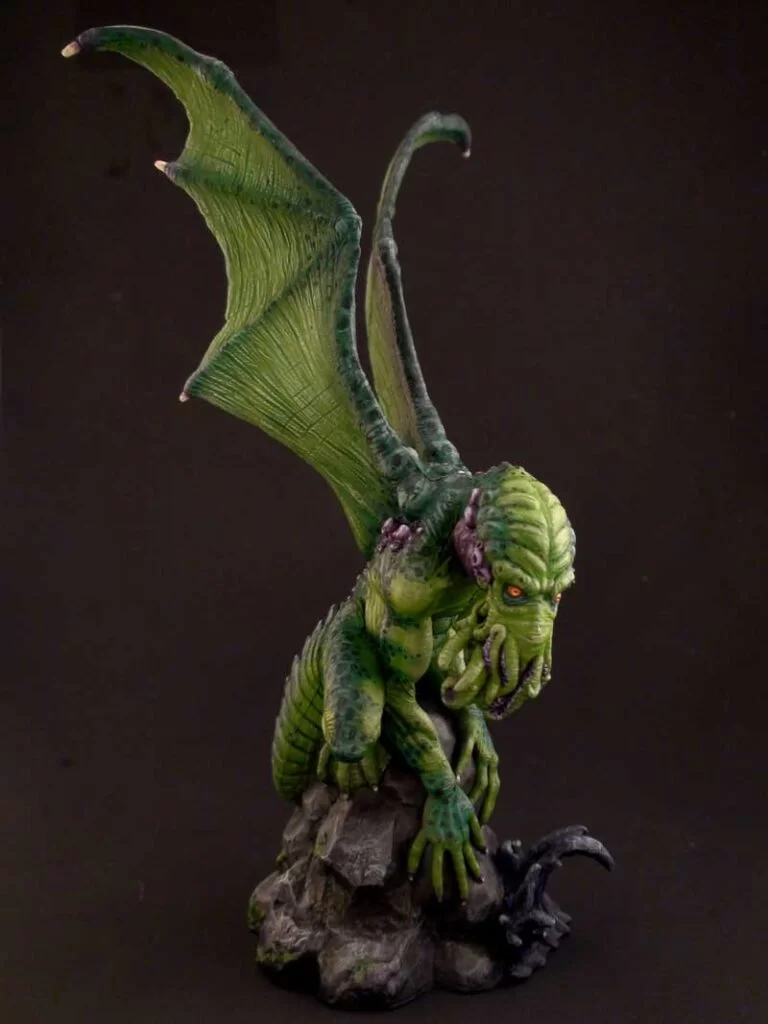

How dry brushing models work
Dry brushing is a great way to easily highlight details on your model when you’re not looking for display results.
However, it isn’t a very controlled technique since the paint often goes on roughly on raised parts with no control over where the light would hit. This creates a messy and rough result rather than the smooth texture of layered models.
Yet, it is also a flexible technique if used properly.
All you need to do is to build up soft dry brushes with short and super-soft bristled brushes or make-up brushes to reduce some of their roughness.
To dry brush your model:
- Mix the light and dark paints slowly. Avoid putting too much light color as it is difficult to go back from, and you may have to re-mix.
- Put the brush in the paint. Make sure the ends of the bristles have the right amount of paint (not too less and not too much) to help highlight details easily.
- Apply paint on the raised parts of the model in a back and forth movement to effectively build up paint.
- Make sure to keep your brush damp when dry brushing.
How to layer models and miniatures
Unlike dry brushing, layering requires more skills because it takes lots of paints (up to five layers for more quality).
To layer your models and miniature, consider the following:
- Mix your colors carefully and gradually for a successive blended look.
- Dilute paint. Since you’ll have up to five coats of paint on your model kit, the chances are that these paints may obscure a lot of details. So, mix paint with your thinner at 3:2 or 2:1
- Start with a base coat under your primary color.
- Apply the mid-tone color as the second layer
- Continue adding layers to smooth and blend the color. Then, blend out the mid-tone by dragging it to the base coat.
- Add the final coat
Dry brushing Vs layering – Effects
The dry brushing technique is best known to create textured and weathering effects, while layering offers more of a clean, opaque, and realistic effect.
For example, you can dry brush small patches of silver on a vehicle to recreate chipped paint. On the other hand, you can mix the right colors to create higher resolution tone effects of real-life kits on miniatures.
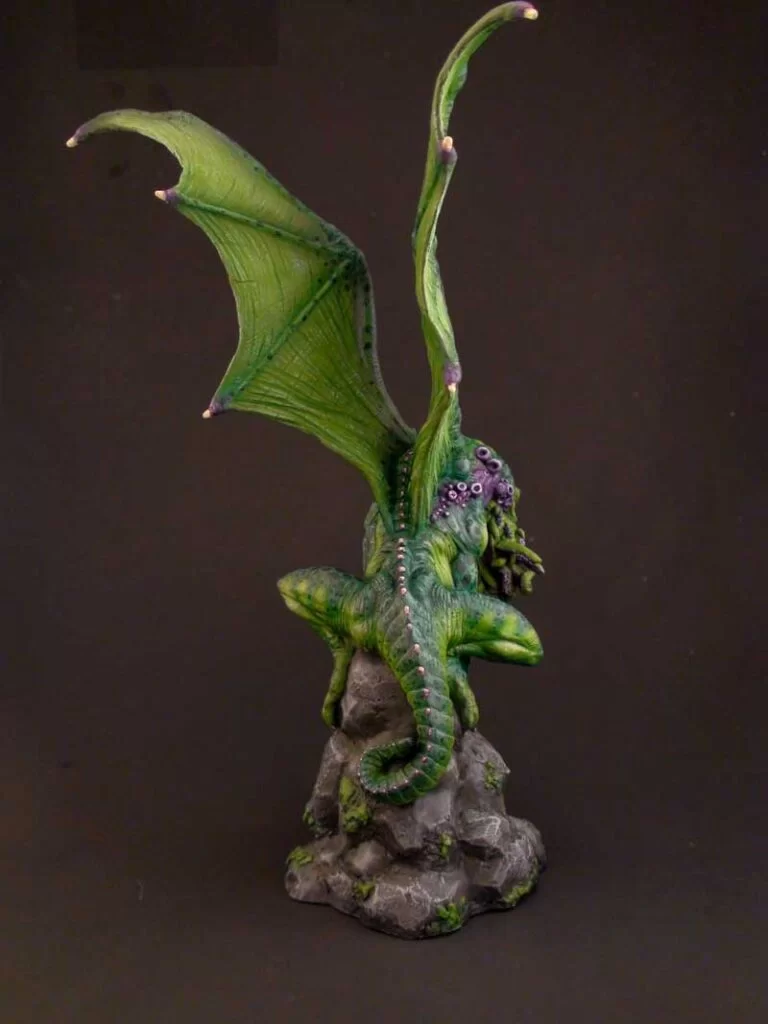

What will you get with each technique
As mentioned earlier, dry brushing and layering techniques play different roles, even if they help you paint and highlight your models.
The most common outcome you get when using both includes:
- For textured results, go with dry brushing
If your model has more high and low points, such as furs or animal hides, dry brushing pronounces its texture.
Plus, it helps you create texture on flat surfaces where there is none.
- Dry brushing is the fast option of the two
Dry brushing requires back and forth movement, while layering requires repeated coating to form layered paints.
The advantage dry brushing holds over this repeated coating of layering technique is that the simple painting makes it easier to dry within minutes, unlike the layering technique, which takes hours.
- For realistic looking and smooth results go layering
The most pronounced benefit of the layering technique is that it allows you to create smoother transitions on your models and miniatures.
How?
Once learned, you know how to blend your colors to create more convincing tones and pigments that help you achieve more realistic looks and smoother surfaces.
- Layering is hard to master and has a learning curve
While layering offers realistic appeal, it is a difficult technique to master and requires skills since you have to lay down countless translucent layers of paints to get perfect blends.
For instance, with layering, you apply consecutive strokes to the model and try not to touch the areas of the previous stroke.
The simple reason is that if you continuously paint over the same surface before the paint has dried, it causes the pigment to constantly move around, which ends up damaging your work.
Instead, you make deliberate strokes followed by consecutive deliberate strokes that end near but not on top of the previous one. Then, you move to another area of the model so the layered part can dry.
Mastering the art of layering is one difficult process since you have to learn to pick shades that aren’t so much in contrast. Then, think about the effect of each brush stroke when you need to apply a base coating to build up shadows and highlights.
- The truth is that layering looks much better, but takes much more time
Dry brushing, no doubt, has its pros. However, layering looks much better on model kits, especially if you need to highlight fabrics and skin tones to get an extra smidgen of detail right.
It also helps you get the color gradient right since you layer lightly from the dark tones to lighter ones.
However, this step-by-step layering procedure makes the layering technique time-consuming.
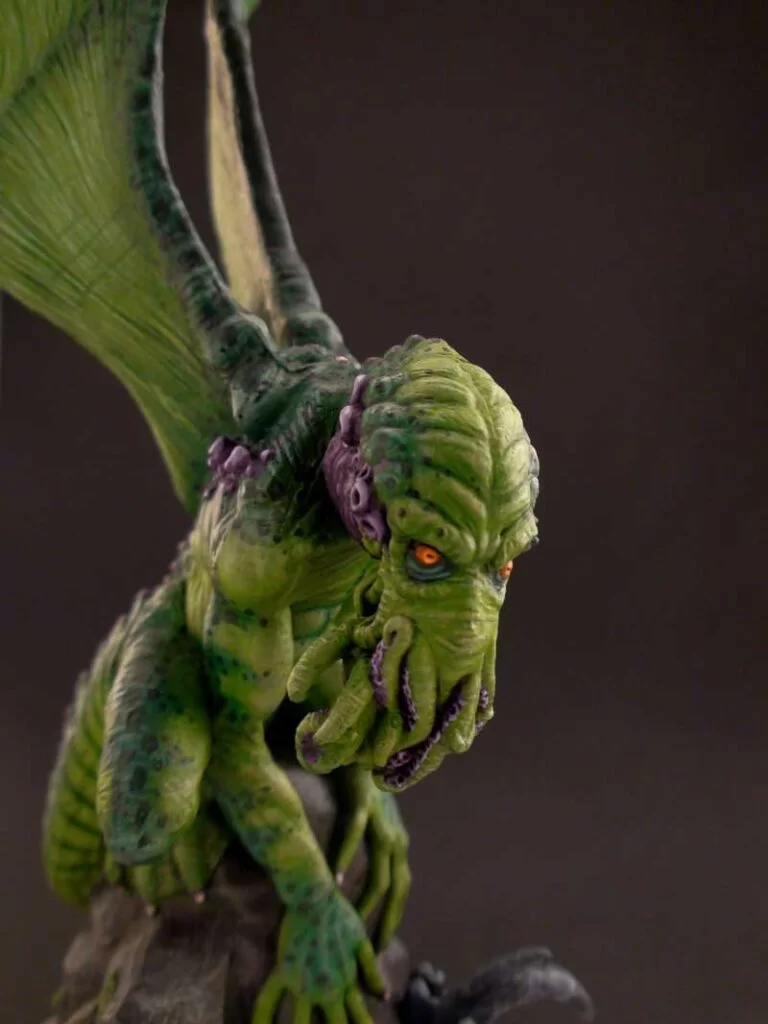

The same paint can be used for both techniques
You can use the same paint for both techniques.
Almost any water and oil-based paint work well for dry brushing and layering.
But for miniature kits, you want to stick with acrylic water-based paints since they help you highlight small fine details on miniatures, unlike oil-based paints. Plus, they dry quickly.
Which brushes for dry brushing Vs layering
The paintbrush is probably the most essential tool for painting your miniatures and scale models since it helps control the paint.
If you’re wondering whether you can use the same brushes for both techniques, the simple answer is yes.
Dry brushing and layering techniques work well with a natural or synthetic soft-bristled brush.
But for dry brushing, you want to choose a size 1 or 2 round-shape brush, with a bristle length of 8 to 12mm and belly diameter of 1.5 to 2mm.
On the other hand, your layering brushes should have higher quality bristle hairs and should be large, pointed, and round, so they can hold more paint while offering reliable paint flow.
Conclusion
There are several highlighting and blending techniques when it comes to painting.
Dry brushing and layering are just two of them.
These techniques help you create that detailed look on your model to make them look close to the real thing, with dry brushing being faster.
The main difference between dry brushing vs layering is:
If you want smoother, cleaner, and more precise details, use the layering technique.
If you want a more rugged edge on your miniatures, dry brushing works best.
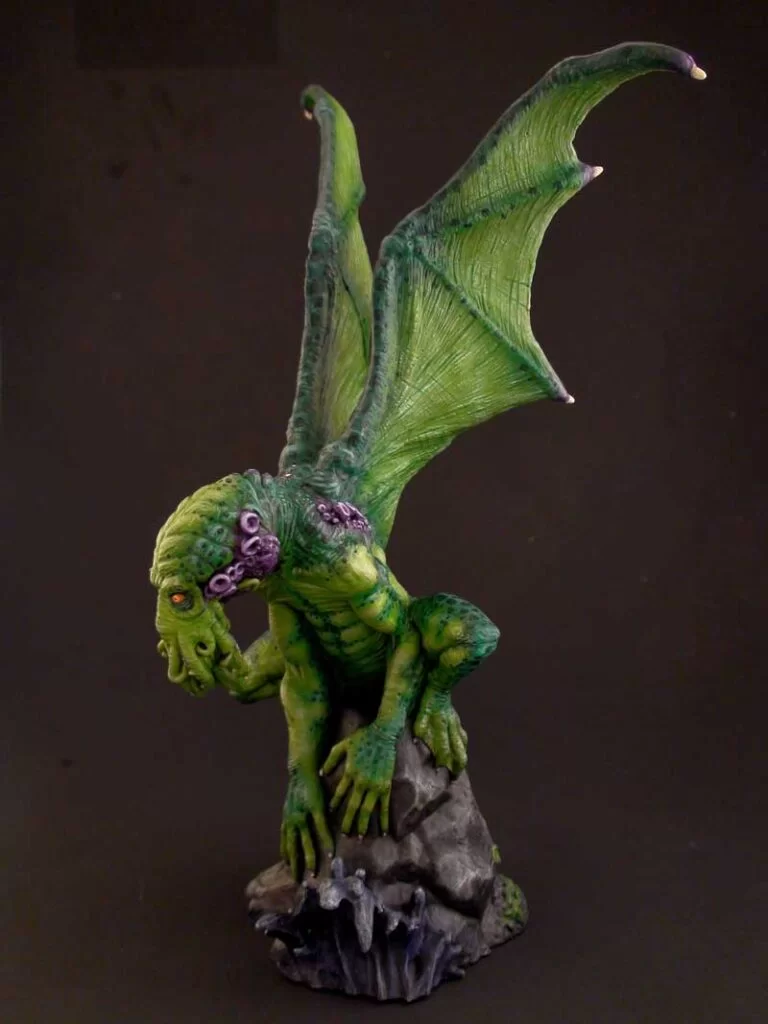

Images by the amazing painter Chase Norton

